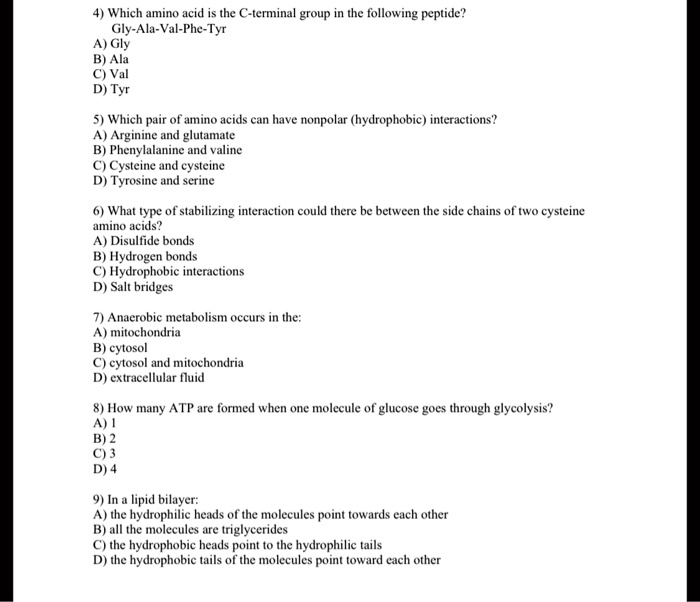

Residues 96-140: a highly acidic and proline-rich region which has no distinct structural propensity.Residues 61-95: A central hydrophobic region which includes the non-amyloid-β component (NAC) region, involved in protein aggregation.This sequence has a structural alpha helix propensity similar to apolipoproteins-binding domains Residues 1-60: An amphipathic N-terminal region dominated by four 11-residue repeats including the consensus sequence KTKEGV.The release of neurotransmitters relays signals between neurons and is critical for normal brain function.Īlpha-synuclein primary structure is usually divided in three distinct domains: Presynaptic terminals release chemical messengers, called neurotransmitters, from compartments known as synaptic vesicles. Within these structures, alpha-synuclein interacts with phospholipids and proteins. In the brain, alpha-synuclein is found mainly at the tips of nerve cells (neurons) in specialized structures called presynaptic terminals. Smaller amounts are found in the heart, muscles, and other tissues.

Structure, into a complete, functional protein.Īlpha-synuclein is a protein that is abundant in the human brain. Assembly of two or more polypeptides, each having its The entire conformation of a complete polypeptide chain. Parallel (same direction) or Antiparallel (opposite direction). With one exception Proline, known as a "helix breaker". Most amino acids fit well into the a -helix, A spiral arrangement (R groups extending outward) with ~ 3.6 Rotation about the two bonds attached to the a carbon allow the peptide to fold into certain three-dimensional arrangements. Terminus or C-terminus, is drawn on the right. Therefore, for a large protein, chargeĪnd polarity are determined by the side chains on the residues.Ģ) The end of the peptide with the free amino group, theĪmino terminus or N-terminus, is the beginning of the chainģ) The end with the free carboxyl group, the carboxy No longer posses ionizable amino or carboxyl groups. All share the following characteristics:ġ) Amino acids in the interior of the polypeptide chain The peptideīond is repeated many times to create polypeptide chains whichĬomprise the basic structure of all proteins.Ī particular linear sequence of amino acids unique to each Such a plot can be used to determine the net charge onĪn amino acid, such as aspartic acid, at any pH value.Īttaches amino acids together to form a peptide. (Pro, P) Tryptophan (Trp, W) Valine (Val, V) MethionineĪs we discussed earlier ionization curves are actually plots of the Henderson-HasselbachĮquation, and are used to visualize the ionization changes that occur over a (Ile, I) Leucine (Leu, L) Phenylalanine (Phe, F) Proline (Gln, Q) Cysteine (Cys, C) Serine(Ser, S) Threonine They can be classified by the nature of their side chain groupsĪcid, Asp, D) Glutamate (Glutamic Acid, Glu, E)


 0 kommentar(er)
0 kommentar(er)
